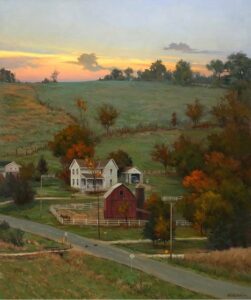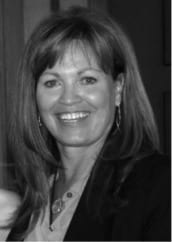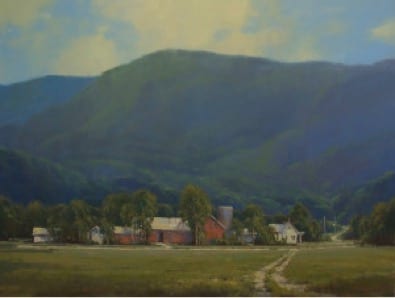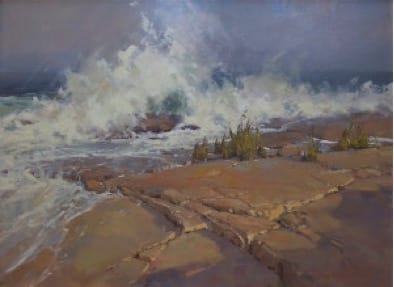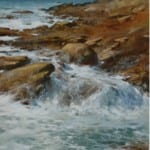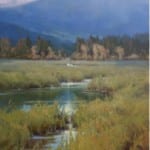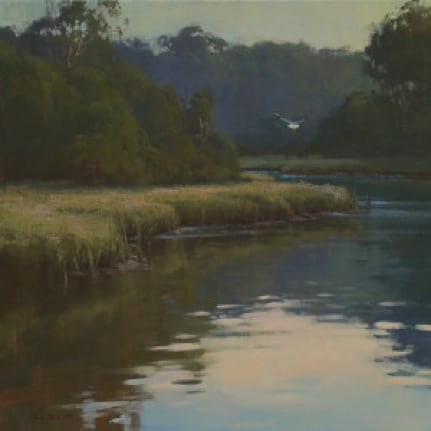I’m pleased to present the second part of this special interview withthe Akhriev (Ak-REE-ev) family: Melissa Hefferlin, husband Daud Akhriev, and son Timur.
In Part 1 we learned how Melissa, as a young 20 year old American made her way to Russia to study at the Russian Academy of Fine Art, where she met Daud. We also learned of the extensive training the Russian Government provided for its promising young artists. Daud and Timur are products of that system. All three are multi-talented, speak several languages, are trained in a variety of disciplines, and recipients of many awards. Daud and Timur were big winners in the Oil Painters of America national competition, held earlier this year in Dallas.
The final part of their very interesting interview deals with their diverse cultural and religious differences, how Daud and Melissa met and eventually married, and how their work has influenced the other. Timur shares his first impressions of America.
I know you’ll enjoy this. It’s a great story. Be sure to read Part 1 Here.
Melissa Hefferlin
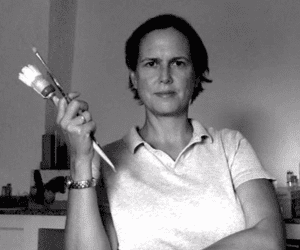
Daud had friends in my studio at the Academy, and so would sometime enter our studios to meet his friends for lunch. He asked them to invite me to his place for a dinner party, and I was smitten with his larger-than-life sense of humor and passion for painting. I also loved his work even then. He had ten times more of it than any of his colleagues (he was a graduating from the last year of the masters’ degree). I thought then that I’ d love to see him painting in the States with such huge talent, and not struggling to get by in the then-very-broken Soviet Union. Luckily, over the next four months, we spent a LOT of time together, and very quickly were inseparable. At the close of the school year when my time was finished and he was graduated, he accepted my invitation to “visit” me in the States, and we have been together ever since. It’ s true, though his family are Muslims from the Northern Caucasus, and I come from Seventh Day Adventists in Appalachia, we found that the values of hard work, love of family, mutual respect, doing all things to the best of your abilities, and passion for life were powerful overlaps. These overlaps are true for our extended families, too, and I am happy to say that our blended family of mixed heritage now adore one another powerfully. Of course sometime we had misunderstandings, but all families do. I wish more Americans had the opportunity to form bonds with people who seem different from themselves, as it is a powerful opportunity to grow and experience a broader spectrum of human life.
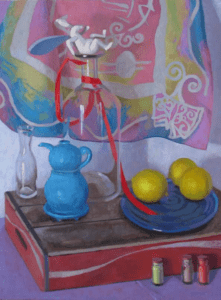
Of course working near one another means we absorb something of the other to some degree. Daud most obviously gave me his work ethic, and understanding of the hours necessary to put into a finished studio piece of any profundity. My American education had shown me turning in work which at most had ten hours in it over the course of a week. Now I can spend months on a larger painting, or visit a piece off and on over a year to get it right. Before I lived with Daud, that sort of time expenditure was not within my comprehension. I also continue to learn from both Daud and Timur to be more mindful of composition. I’m an intuitive composer, and they both are much more mindful and methodical and intellectual about their compositions. (Cindy Procious, a painter currently residing in Chattanooga, is another fine sounding board on this matter to me.) While my instincts about composition remain a powerful guide to me, I do enjoy examining my choices from the perspective of Timur and Daud, and tweaking. You didn’t ask me about Timur, but I am now being super inspired by my son, who I think is just on fire. He’s super dedicated to painting things that are true for him, and not necessarily just beautiful. His series called “drifter” uses my nephew as inspiration/ model, and I admire that body of work intensely. Timur’s malcontent view on many modern practices, and on the world handed down to his generation, I find very “true,” and powerful, and I am inspired to do better. I love Timur’s color!!! Damn, that boy is a colorist. With Daud, I know in an obvious way, I gave him pastels. Daud hadn’t ever considered pastel seriously, nor had access to good ones. Now he’s an ace pastel painter, I’m proud to say. Also, when Daud was doing his masters in Russia, he was very monochromatic on purpose. He was wondering, how little color could he use and still say something well. I urged him back into his full spectrum of color. I also sent him out to paint landscape, which he’s thought of as school exercise. He blossomed and changed technically as an artist after a couple of years doing plein air all over the States and Switzerland, wherever generous people let a young couple visit and make art. I really did nudge him to do that, though quickly he took the bit in his teeth.
How would you describe the work you’re doing today?
The purchase of a studio in Spain has given me more time to focus on pieces in an uninterrupted way. I am enjoying exploring still life and figurative pieces more deeply. I have more time to finish things not necessarily more “polished” like Ingres, but more deeply to my liking. Exposure to an entirely new visual culture has been a shot in the arm. I love painting the flamenco friends I have, and the Spanish horse culture. I am really enjoying putting more love into my block printing. My subject matter is divided between still life, which is a real love of mine. I’m attempting to get more soul into still life, so that it’s less decorative and more soulful. And then I am painting lots of horses, riders and flamenco women. These are the things I love, the part of my life which gives me joy. So I want to paint them. I’m enjoying experimenting with glazes in oils, and then switching in the next painting to alla prima brushwork. I’m loving being a middle-aged painter, and having some skill already to where the media works with me, and playing is actually fun versus agony. I’ve also had some wonderful private students, long term students, and working with a new artist is always a fresh examination of what one believes. This has been fortifying.
Daud Akhriev
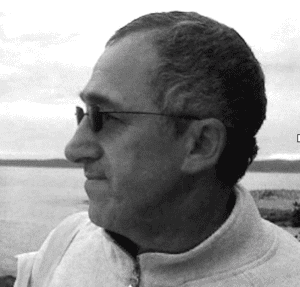
I was born into a family which followed traditions of Muslim heritage, but I lived in a village where there were representatives of almost every religion on earth. So living in the USA was very much like the way I was raised. The country being officially atheist did not mean that people were not privately believers, and in our village many people believed in their own home, privately, and the same is true in the USA, but though privacy is not necessary of course. Once being educated, all my best teachers were Jewish or culturally Christian (practicing to a more or less degree). So really, in that particular way, nothing much changed. I think the reason nothing changed in that department began with my first grade teacher, and then again with Zhukov in the children’s art school, I was always taught that “you are just another block building in humanity’s cultural achievement. Your job is to be strong and honest. When a child is so taught and so treated, that is a clear directive, and the atmosphere around the child who later becomes an adult is really not very important.
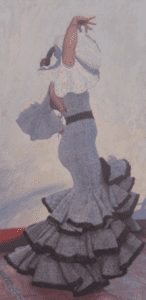
Multi-faceted. I am doing many things simultaneously right now, all due to travel and the experiences which travel provides me. When I’m able to see different nature, and have new dialogs with artists and musicians and non-artists, I get new ideas for materials and subject matter. In the last two years I was in Italy, Maine, Andalusia, Russia, Morocco, and the countries expose me to so many art forms. There’s always painting. I’m working with oil and tempera now, which helps me to sharpen different skills. Working on a trip in watercolor makes you more direct and fast. Travel paintings I bring to the studio as reference material. I’m also working with clay sculpture, tile designs with drawings in wet clay tile. I still continue with one of my favorite series, called “Weathered People,” using lots of different people from around the world, including many fishermen. Within the “Weathered People” is a subset of paintings called “Wanderers.” I just finished a painting of a wanderer who was a weathered, troubled person who struck out on the road to wander, like a Hindu mystic, and he wandered and was beaten up by the elements, and had adventures, sad, happy and varied, and after years on the road he’s about to arrive home, finally at peace. My wife, Melissa, came in to the studio and made me very happy by saying, “Oh, he’s a peaceful man.” I like this series the best. My piece in the last OPA show was from that series. For the last two years I’ve been making and installing public mosaics. Mosaic helped me a great deal to express my affection for decorative art. It was so freeing to manipulate form in a non-realistic way. I enjoyed making my own ceramic tile for the mosaics, and then combining my tiles with Italian smalti, which are so rich in color and light.
Name three of the most significant things that have made you the artist you are today?
My teachers, my family and my friends. My personal connections set the tone for the artist’s vision. My teachers set the tone of ‘you have to know how to learn.’ They said to me, “Imagine that you are a sponge and collect all that you can, then release what is not useful.” However, you have to collect information first. My family and friends require of me to do what is right. My relationships with them help me discover what the right way is, what topics are important. That helps to shape my course. Perhaps I would add a fourth, the ability to travel. Travel allows me to meet people, see great art, and have conversations, testing what I believe and do…and of course, analysis of all input is essential.
Timur Akhriev
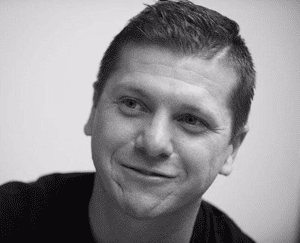
The United States was great from the first time I ever set foot in this country. It was so different from Russia. I remember driving for the first time through Atlanta, I could not believe myself how amazing everything around me was. And, to this day, whenever I fly back from any place in the world it still feels more like home than any other place. America is a beautiful place.
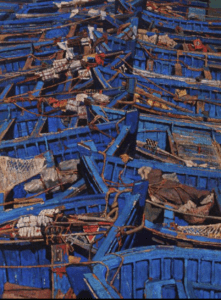
I think we all have our influences that lead us to be who we are as artists. Russian school gave me a great training, but when one has two great colleagues (Melissa Hefferlin and Daud Akhriev) by your side its a great opportunity to learn more. As Akira Kurosawa said, “If you want to be a professional you have to remain a student.” I believe there is no end to how much one can learn and move forward, even if sometimes you feel like you’re standing in the same spot. I don’ t really know if I found my voice yet, I think I’m still searching.
Thank you, Melissa, Daud, and Timur for this wonderful and interesting interview. I and the readers of this blog are appreciative.
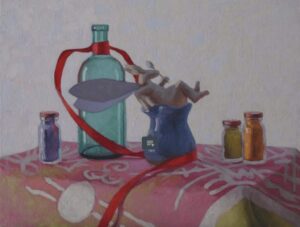
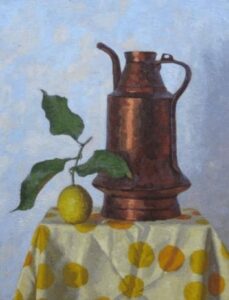
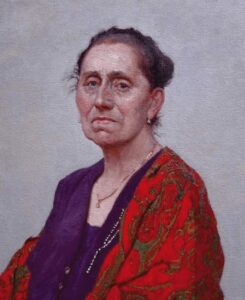
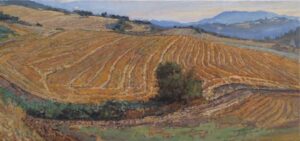
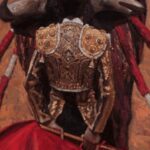
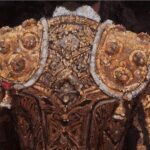
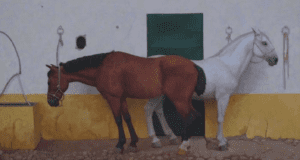
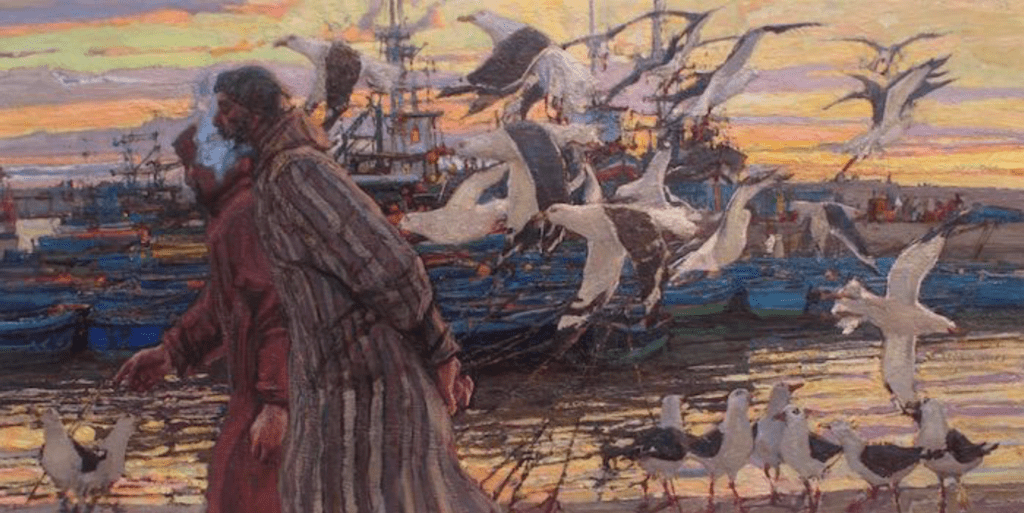
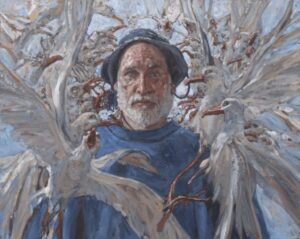
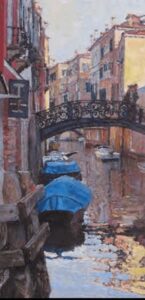
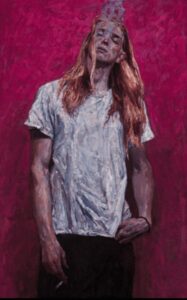
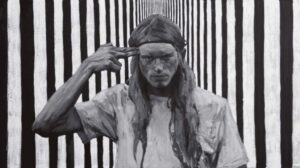
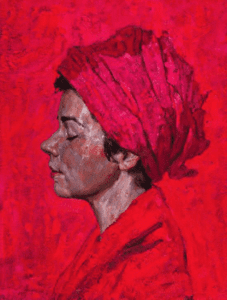


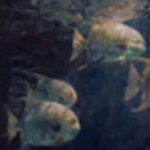
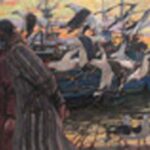
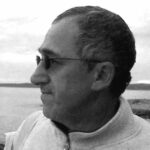
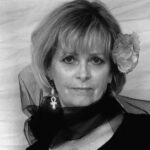
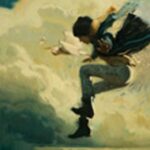
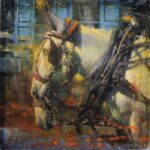
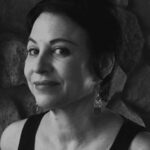
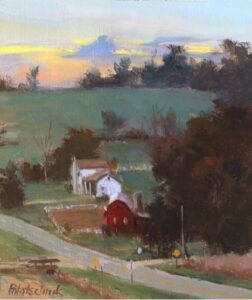 I don’t think as artists that we give much thought to all the studies that have been done on the subject of “Creativity”…we just create. The people who supposedly study these things usually speak of creativity’s five steps.
I don’t think as artists that we give much thought to all the studies that have been done on the subject of “Creativity”…we just create. The people who supposedly study these things usually speak of creativity’s five steps.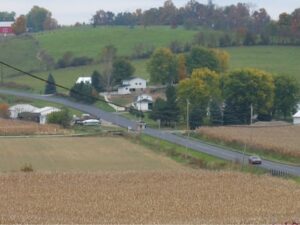 For the painting shown below, I can certainly see the application of all five steps. For me, and I imagine for many artists, the steps are not often separate and distinct; there is a lot of back-and-forth overlapping of them.
For the painting shown below, I can certainly see the application of all five steps. For me, and I imagine for many artists, the steps are not often separate and distinct; there is a lot of back-and-forth overlapping of them.